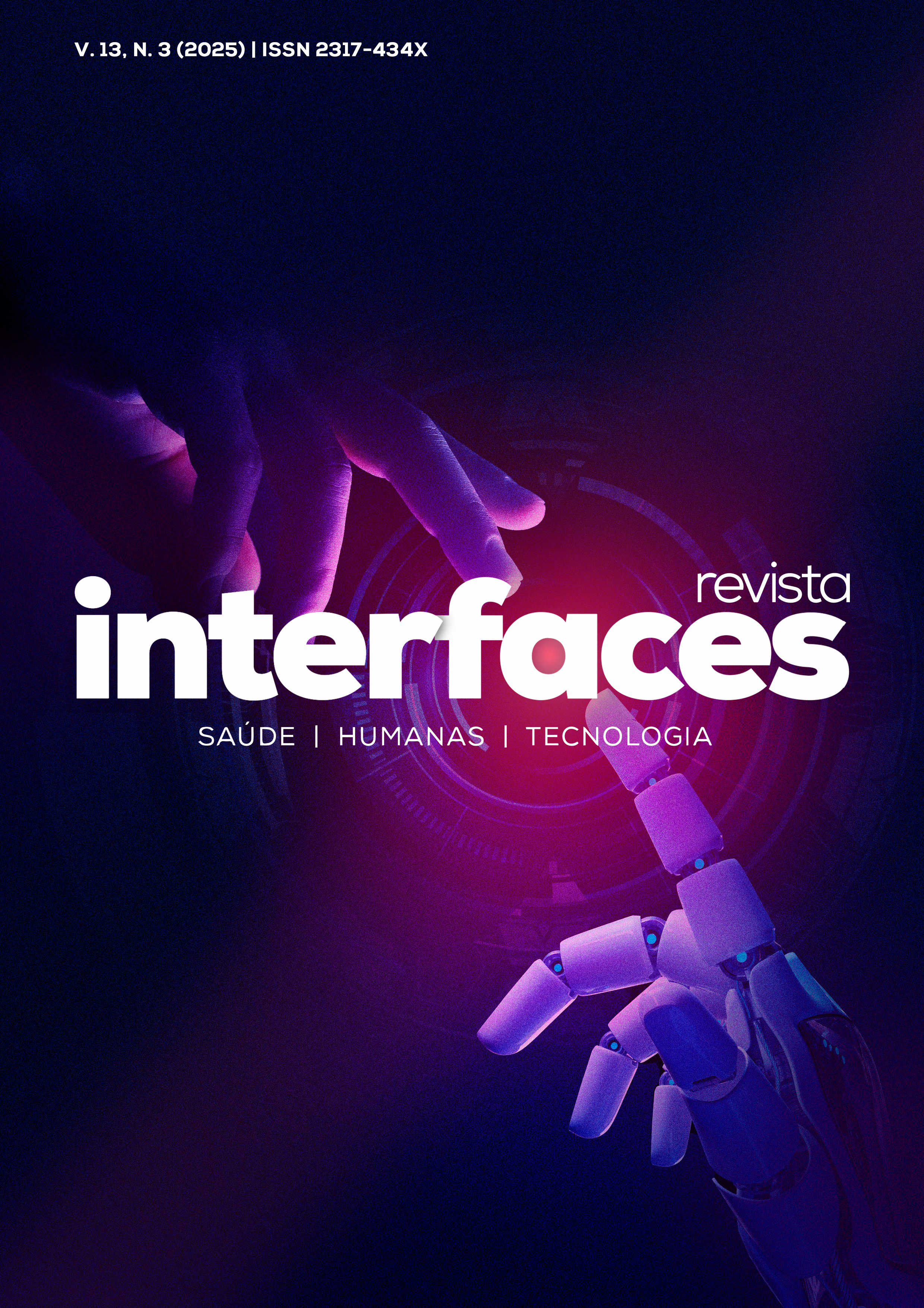Português
DOI:
https://doi.org/10.16891/2317-434X.v13.e3.a2025.id2483Keywords:
Anxiety, Temporomandibular dysfunction, Homeless peopleAbstract
Temporomandibular disorder is a highly prevalent disease in society, and the early identification of these patients is of fundamental importance to avoid future complications. The presence of this subject in the scientific community is still scarce. The objectives of this study are to verify the presence of painful symptoms related to TMD and anxiety in homeless people and compare them with the general population, identify the most frequent symptoms in the studied population, and identify which gender and age group report more symptoms. This research was a descriptive-exploratory, cross-sectional study with a quantitative approach and convenience sampling. The applied questionnaires were the Generalized Anxiety Disorder (GAD-7) and the TMD Symptom Questionnaire from Axis I of the Diagnostic Criteria for Temporomandibular Disorders (DC/TMD). The collected data were compiled into a database using the JAMOVI software, from which descriptive statistics were performed, presenting the results in charts and conducting the Chi-Square test to verify associations between variables, considering a significance level of 5% (< 0.05). The results showed the presence of TMD and anxiety symptoms in homeless people, who presented more symptoms compared to the control group. The most common symptom was pain in the jaw, temples, ear, or in front of the ear, on both sides. Participants frequently exhibited moderate to severe levels of anxiety, requiring specific treatment. The most affected gender was male, but this data is not significant due to the small number of women. The most affected age group was between 30 and 49 year.

